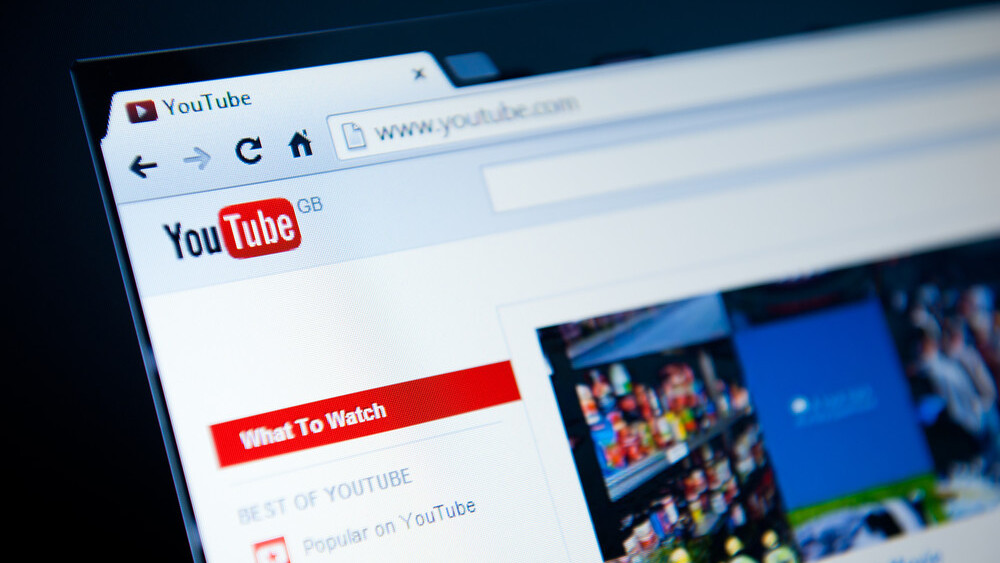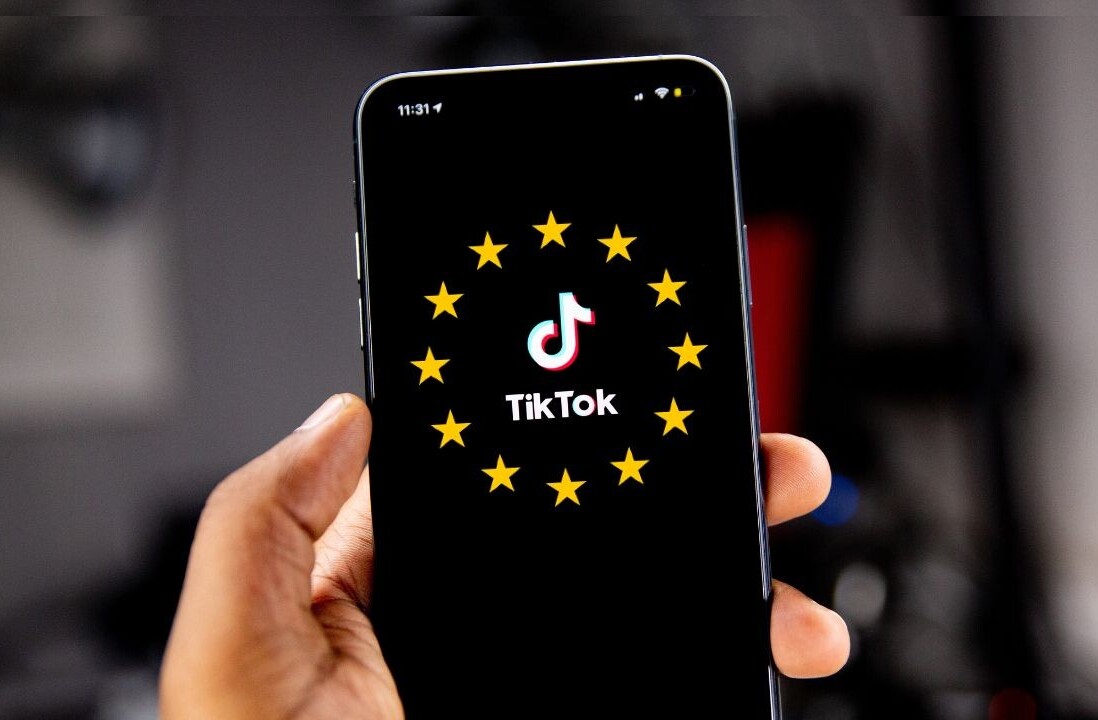YouTube is getting a major quality update today with the addition of HDR video support. Unlike when YouTube added HD and then 4K years ago, this time it’s all about the colors.
If you’re not familiar, HDR video is somewhat similar to HDR photography in the sense that it allows for a greater range of tones between the brightest and darkest parts of an image.
It’s different, however, in that it requires an HDR panel to display the full range of tones (the panel normally needs to bright enough for you to really perceive a difference, as well as support a wider gamut of colors than usual). As such, HDR is going to be hard for most people to fully appreciate; most of us don’t have a 4K TV, let alone one with HDR.

There are also pretty much no computers with proper HDR support yet, and the only phone with official HDR implementation was the Galaxy Note 7 – a phone no one can even buy anymore.
Still, even without a screen of the proper specification, the format should allow for more details in the shadows (a region YouTube tends to compress into oblivion) and more vibrant colors. YouTube is a platform known for its convenience more than its image quality, so HDR support helps put it ahead of much of the competition.
Currently, only a few other platforms like Netflix and Amazon also support HDR, and that generally only covers their own exclusive content. YouTube support will help bring the technology to the masses – both viewers and creators – and get manufacturers to implement support more quickly.
YouTube also says it’s made uploading HDR videos as easy as uploading anything else, though creators will have to grade videos using the Rec 2020 color gamut, not DCI-P3 or any other standard. Also, you currently can’t edit HDR videos with YouTube’s Web editor, though if you’re grading in HDR, we doubt you’re editing on the Web anyway. For more information about HDR uploads and color grading, check out YouTube’s support document.
HDR is coming to the Chromecast Ultra today and “soon” to all of Samsung’s 4K TVs (although only it’s SUHD panels will display the full breadth of colors and brightness). There’s no word for support on devices like the Xiaomi Mi Box or Nvidia shield, both of which support HDR, although Google says more devices will follow later.
If you have a compatible device you can try out some sample videos already up on this playlist.
Get the TNW newsletter
Get the most important tech news in your inbox each week.






